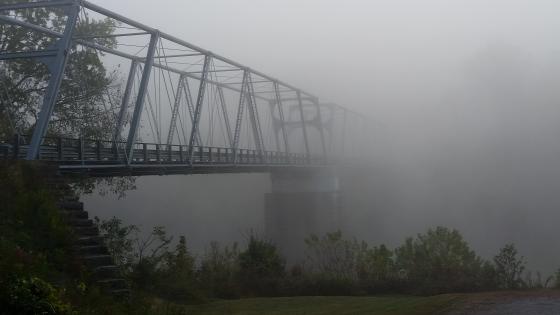
Kentucky's Office of the State Entomologist History
In 1905, the Federal Insect Pest Act was passed to control the entry and movement of harmful insects between states. But inspectors soon realized that some pests were hard to spot by just looking. So in 1912, the Plant Quarantine Act was passed to regulate plants that could carry insects and diseases. Over time, more programs were added to federal plant protection laws, including efforts to completely get rid of certain pests.
States also made changes to how they managed nursery laws. At first, these laws were handled by state entomologists who worked at experiment stations in land-grant colleges, because that’s where most insect experts were. Later, as more trained entomologists became available, the job moved to state departments of agriculture or natural resources. With these changes came new ideas about what nursery laws should do. Some states added consumer protection rules. For example, they might require plants for sale to have labels with their scientific name, care instructions, or proof that they can survive winter in that region. These rules don’t always relate to stopping pests and diseases, but they help improve the reputation of the nursery industry. Many of these laws were likely influenced by lobbying from the nursery industry itself.
Federal Acts
- 1905
- FEDERAL INSECT PEST ACT: Passed to regulate the entry and interstate movement of injurious insects.
- 1912
- PLANT QUARANTINE ACT: It soon became evident that some pests are not readily detected by visual inspections based on the Federal Insect Pest Act. The Plant Quarantine Act was passed to regulate the entry and interstate movement of known carriers of insect pests and diseases.